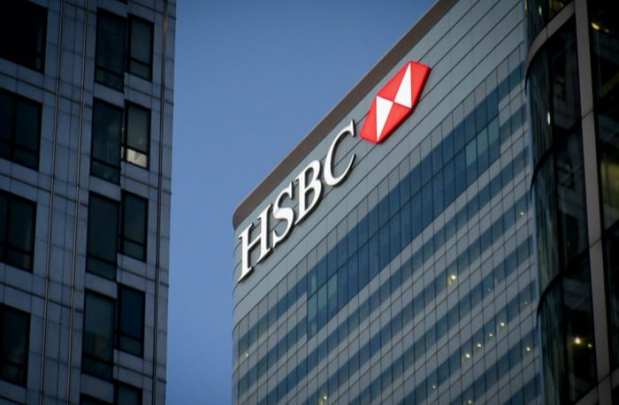COVID-Weakened EU Banks Fasttrack New Business Models

The pandemic has fueled the need for European banks to restructure following years of poor performance.
The Wall Street Journal (WSJ) reports a majority of Europe’s biggest financial institutions (FIs) are ending old business models, trimming unprofitable business lines, boosting profitable ones and finding a formula that works.
For example, based on weak returns, the newspaper reports HSBC is planning to trim 15 percent of its workforce.
HSBC CEO Noel Quinn said 35,000 of the bank’s 235,000-member workforce will be cut in much of Europe to refocus on its more profitable lines. He told WSJ that he plans to invest in technology to cut costs.
“Banking is still banking but technology has an increasingly important role to play in it,” Quinn told the paper.
In the Netherlands, ABN Amro Bank, one of the 15 largest global banks, is jettisoning trade financing and lending with corporate customers outside of Europe. Credit Suisse Group and UBS Group, both based in Switzerland, are laying off administrative workers to make cash available for technology or new business, WSJ reported.
“European banks face a profitability crisis,” Citigroup banking analyst Ronit Ghose told WSJ. “In response to decadelong low returns, European banks have been busy restructuring, but it is hard to shrink to greatness.”
In the U.K., Barclays is under pressure to eliminate its trading business, WSJ reported.
This is not the first time Europe’s FIs have talked about restructuring.
Three years ago, the International Monetary Fund (IMF), the organization of 189 countries working to foster global monetary cooperation, warned that European banks cannot solely rely on a cyclical recovery, CNBC reported.
A combination of weak profits, lack of access to private capital and large debt raise questions about the stability of the financial industry, the IMF said in its Global Financial Stability report.
For one, the IMF said there are too many banks for the number of customers available.
“These features can result in limited lending opportunities or a high number of branches relative to the assets in the banking system, adding to costs and reducing operational efficiencies,” IMF said. “Although measures are being taken to address profitability concerns, more progress needs to be made in reducing overbanking in the countries with the biggest challenges.”
